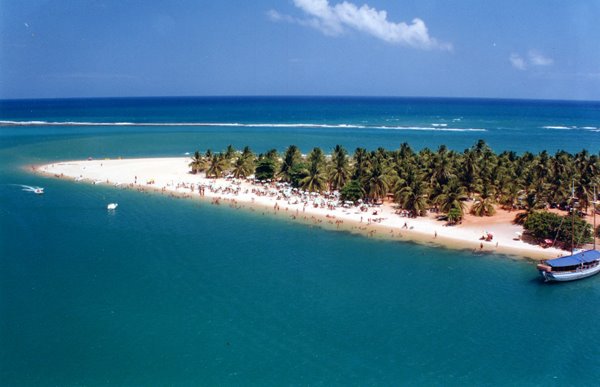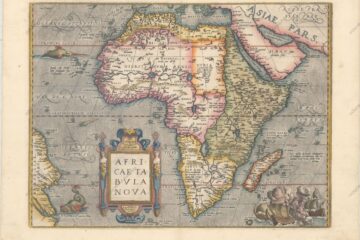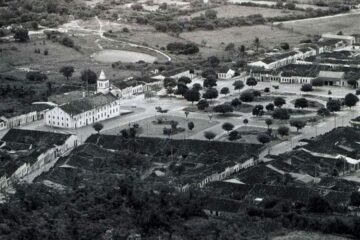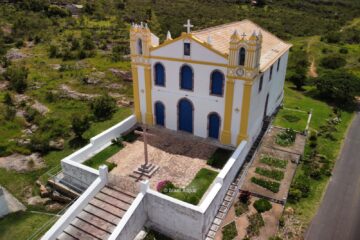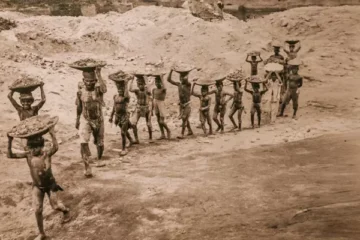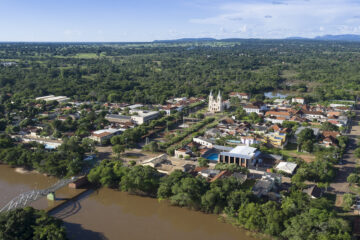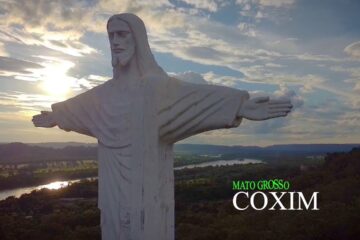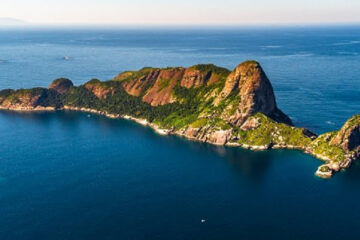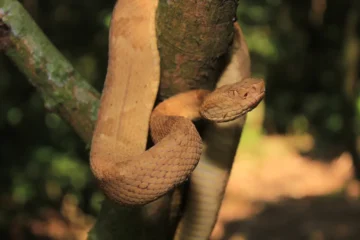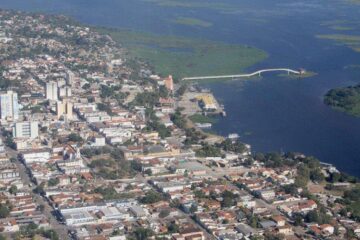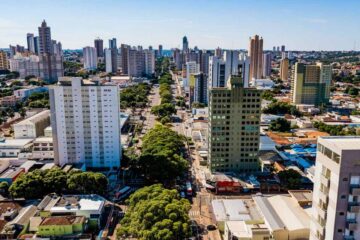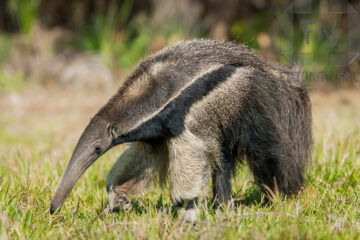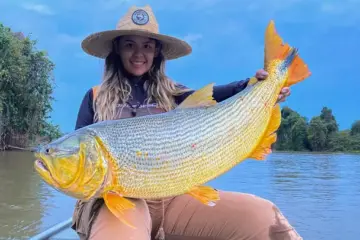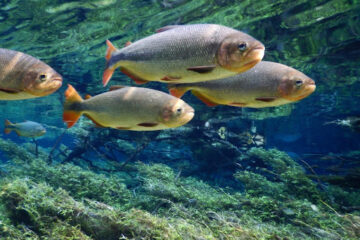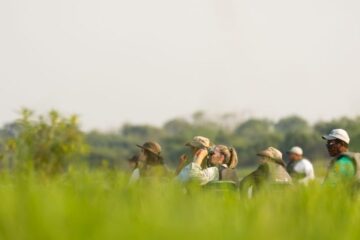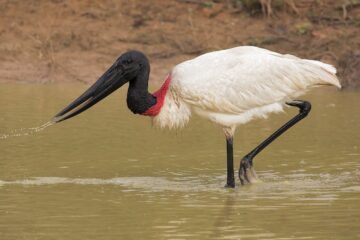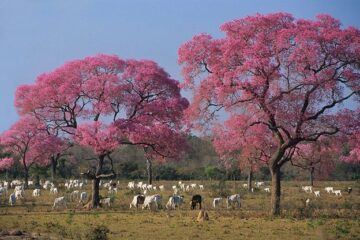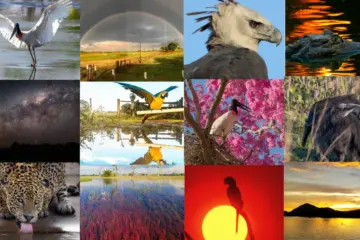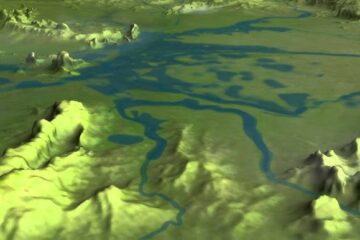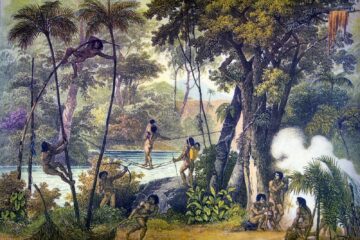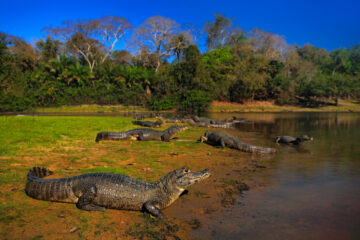Dunas de Marapé is the municipality of Jequiá da Praia, 65 km from Maceió, with a population of 15 thousand inhabitants. The name Jequiá da Praia comes from an Indian origin meaning “basket with many fish”. Bathed by the Atlantic Ocean and the Jequiá, Jacarecica and Azeda lagoons, Jequiá da […]
South Coast
Tourist guide to the south coast of Alagoas
The south coast of Alagoas has paradisiacal beaches and natural pools in Barra de São Miguel, Lagoas e Mares do Sul and Marechal Deodoro.
The south coast of Alagoas is known as the Lagoas e Mares do Sul region.
Nature spared no effort when it favoured this part of Alagoas. There are vast coconut groves, paradisiacal beaches, lagoons and rivers that meet the sea in an image of pure magic.
In addition to the exuberant nature, history and culture are evident in the historical heritage, popular traditions, musicality, handicrafts and gastronomy made from ingredients extracted from the waters of this area so rich in variety.
Tourist attractions on the south coast of Alagoas
- City of Pilar
- Marechal Deodoro
- Barra de São Miguel
- Jequiá da Praia
1. City of Pilar
The town of Pilar on the south coast of Alagoas, 42 kilometres from Maceió, was founded in the 19th century as a sugar cane mill.
In 1860, the city of Pilar was visited by King Pedro II, and there are still some examples of houses from this period of colonial Brazil.
Pilar’s greatest attraction is its natural beauty. The town, located on the banks of the Manguaba Lagoon, is surrounded by remnants of Atlantic forest, several farms with ecological reserves and mineral springs.
The population is approximately 32,000. Pilar is a festive town, and its calendar of events includes the Bagre festival, the Siri festival and the Nossa Senhora do Pilar patron saint festival, which attract many visitors.
2. Marechal Deodoro
Marechal Deodoro on the south coast of Alagoas is 30 kilometres from Maceió. The population is approximately 45,000.
The city was the first capital of Alagoas, and its name is in honour of the illustrious son who proclaimed the Republic of Brazil.
The city of Marechal Deodoro has a beautiful architectural collection found in the museum and churches dating back to the 16th, 17th and 18th centuries.
Marechal Deodoro on the south coast of Alagoas has enviable natural potential: the Manguaba Lagoon between islands and canals, which meet the Mundaú Lagoon and form the largest lagoon complex in the country, housing many islands, the most important being Santa Rita, the largest lake island in the country.
Praia do Francês is a postcard, with its grandiose structure of restaurants and inns to welcome visitors from all over the world.
The folklore and music are an attraction in themselves. The diversified handicrafts, known for their beauty and creativity, are exported all over Brazil.
The flavours of the gastronomy are incomparable; they cater to every palate. On the banks of the Mundaú Lagoon is Massagueira, the largest gastronomic centre in the Northeast.
3. Barra de São Miguel
Barra de São Miguel on the south coast of Alagoas, 33 kilometres from Maceió, has a population of approximately 9,000 inhabitants. The town offers excellent accommodation, restaurants and other entertainment.
The place is ideal for leisure and relaxation.
Barra de São Miguel’s main attractions are its beautiful beaches, especially those of Conchas, Niquim and Meio, where the sea is cut by a wall of reefs, ideal for refreshing dips in the calm, crystal-clear waters.
Looking at the horizon, one is struck by the intense blue of the sea that blends in with the blue of the sky – a scene designed by the Creator.
The Niquim and São Miguel rivers are rich in mangroves, and the lagoon shows the exuberance of the ecosystem.
The meeting of the river, lagoon and sea can be seen from the Alto de Santana viewpoint.
The panorama is marvellous: the intense blue of the ocean, decorated by coconut trees.
Several boats glide along the waters until they reach the most popular destination, Gunga beach, framed by coconut trees as far as the eye can see.
The beach is located at the meeting point of the Roteiro Lagoon and the sea, a paradise like no other.
Roteiro has one of the biggest tourist attractions in Alagoas and is known internationally for being one of the most beautiful beaches in Brazil: Gunga beach, a point of white sand, lined with coconut palms, juts out into the sea and joins the waters of the Atlantic Ocean with the São Miguel river.
A place of extreme beauty suitable for leisure and water sports.
From the lookout point you have a beautiful view of Gunga beach and the beaches of Barra.
4. Jequiá da Praia
Jequiá da Praia on the south coast of Alagoas is 65 kilometres from Maceió, with a population of 15,000. The name Jequiá da Praia comes from an Indian origin meaning “basket with lots of fish”.
Jequiá da Praia is an ecological retreat that, until 1998, belonged to the municipality of São Miguel dos Campos.
The municipality is endowed with a large ecosystem of preserved flora and fauna, a lake complex formed by 03 rivers and 07 lagoons – the Azeda, Jacarecica and Jequiá lagoons stand out – the third largest in Brazil, as well as several exotic beaches such as Jacarecica do Sul and Barra de Jequiá, which complete the scenery created by nature.
It has a tourist centre with a guesthouse, restaurant and leisure complex built in the middle of natural beauty, preserving the local vegetation and giving visitors the opportunity to interact with wild animals.
5. Coruripe
Coruripe, on the south coast of Alagoas, is 90 kilometres from Maceió and has a population of 50,000. The town’s name comes from an Indian origin meaning “in the river of frogs”.
At the beginning of colonisation, the area was inhabited by the Caetés Indians.
The municipality began to develop around the 19th century.
Before that, it suffered cultural influences from the Portuguese and Dutch, facts that marked the history of the municipality.
The 18th century Mother Church of Nossa Senhora da Conceição has a neoclassical style. The images of São Sebastião, São José, Santo Antonio, Nosso Senhor Glorioso and Nossa Senhora da Conceição are part of the church’s collection.
Nature has done its best in Coruripe. The exuberant sea and coconut palms in profusion enhance the place.
The town has beautiful beaches, including Lagoa do Pau, Miaí de Cima and Miaí de Baixo.
Each one stands out for the uniqueness of its beauty, as is the case with Pontal de Coruripe, which has had its trademark since 1948, when a lighthouse was built to guide boats.
Pontal is a fishing village that has become an attractive tourist destination.
Lagoons Region and South Coast of Alagoas
The south coast of Alagoas is known as the Region of the Lagoons and Seas of the South. Nature spared no effort when it favored this part of Alagoas. There are vast coconut groves, paradisiacal beaches, lagoons and rivers that meet the sea in an image of pure magic. In […]
Barra de São Miguel is the busiest seaside resort in Alagoas
The municipality of Barra de São Miguel in Alagoas is home to one of Maceio’s favourite beach resorts, Praia do Gunga, where the sea meets Lagoa do Roteiro. Barra de São Miguel also has the Kenoa Exclusive Beach & Resort. There is a good structure of restaurants and craft stalls […]
Marechal Deodoro has cultural heritage and has the beautiful beach of Frances
Marechal Deodoro has a beach that is considered one of the most beautiful beaches in Brazil, Praia do Francês, as well as a historic centre where you can find colonial houses, baroque churches and neoclassical buildings. With the name of Marechal Deodoro, in honour of Marshal Deodoro da Fonseca, from […]


